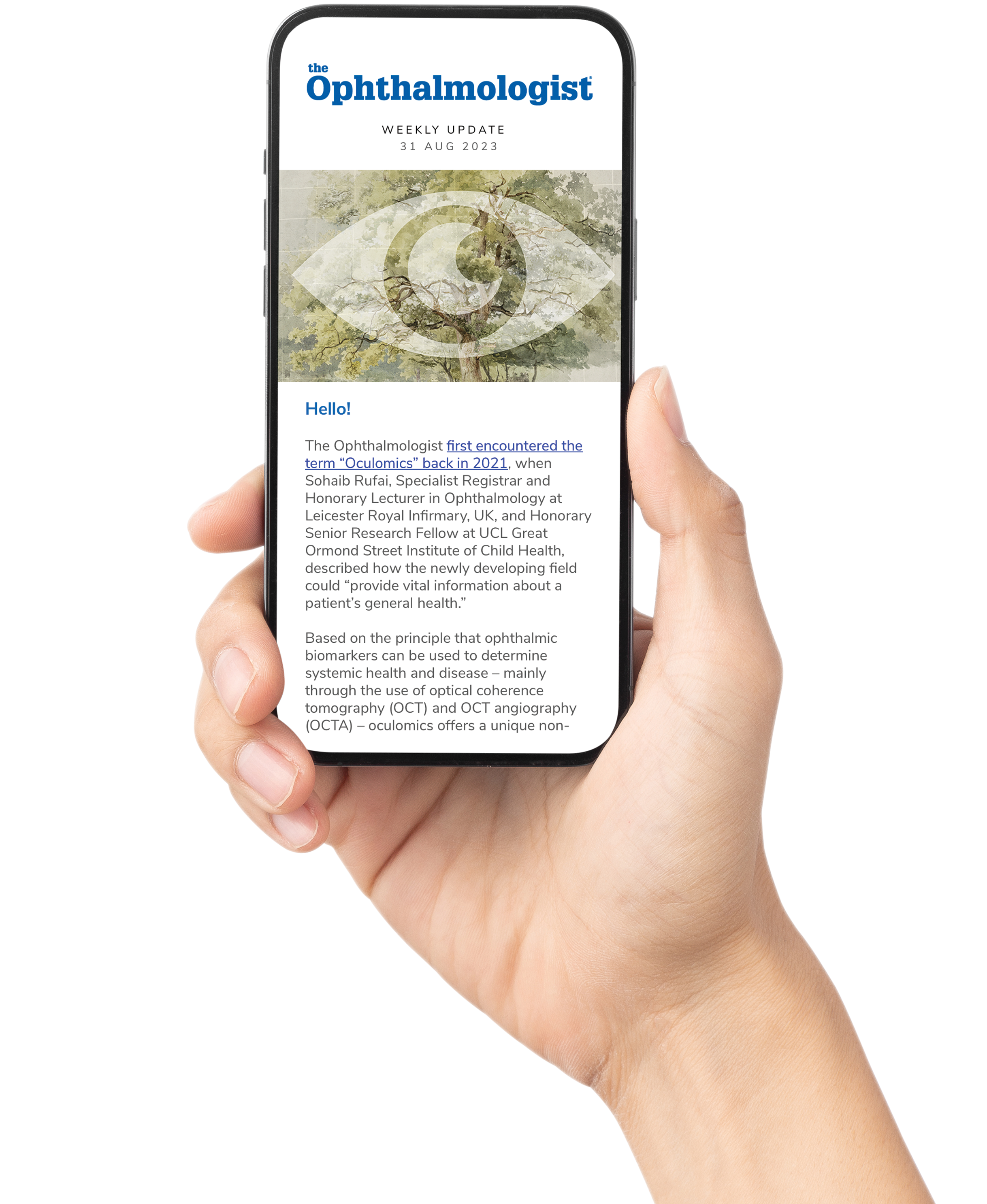
Femtosecond laser-assisted cataract surgery (FLACS) can still sometimes be controversial, with many surgeons failing to adopt this technology in routine clinical practice. I would argue that this is an oversight. In my experience, FLACS has proven to be a useful tool in both complicated and uncomplicated cataract cases.
There is good clinical evidence that the laser helps patients with low endothelial cell counts or corneal dystrophy, as fragmenting the lens reduces the number of manipulations required in the anterior chamber. It is also a good management tool in cases of zonule laxity or lens subluxation.
The reason for this is related to the surgeon using instruments to create the capsulotomy or manipulate the lens, which can be, understandably, stressful if the lens is in bad condition. Additional manipulations cause the zonulas further damage, so it is necessary to consider capsular thickness and softness of the lens before commencing. FLACS is particularly useful in creating posterior capsulotomies in pediatric cases.
I am also an advocate of using the laser in cases that may otherwise be considered contraindicated. Take small pupils, for example. Traditionally, small pupils have not been seen as a good indication for FLACS, as there is limited visibility of the capsule and little room for the laser. Small pupils are also often associated with many underlying comorbidities and weak zonules, neither of which have been thought conducive for FLACS. However, there is a way to circumvent this: expand the pupil first. Combining the laser with a pupil expander is a simple two- or three-step procedure, depending on the surgical set-up. In my clinic, I do everything in one room.
I place my patient under the microscope and create a 2.0 millimeter incision, and fill the anterior chamber with dispersive OVD, before inserting the expander (Malyugin Ring 2.0). Even though the incision is small, it is critical to close it with the suture (single 10-0 nylon), as there is a chance that the chamber may lose some viscoelastic. I then dock and image the anterior segment with laser-integrated OCT, aim the laser – taking into account any changes to the anatomical dimensions in the anterior segment – and continue as usual.
As FLACS causes minimal stress to the capsule and zonules, it also works well on patients who have experienced a zonular rupture, for example during the blunt trauma of the eye. The precise nature of the laser allows you to cut through the vitreous dislocated into the anterior chamber (if it is not stained with the blood or pigment) and create a nice capsulotomy, even in cases of extreme trauma. I like to use capsular retractors in most of these challenging cases – they are extremely helpful in substituting zonular support.
Laser benefits in regular cataract surgery are still controversial, and there are many publications that have failed to show the benefit of using femtosecond lasers in regular, uncomplicated cases. However, FLACS can be a great help to the surgeon in challenging situations.
